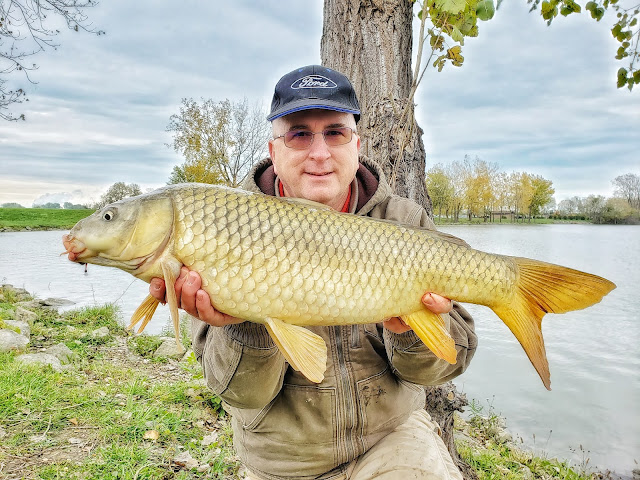Ninety-nine percent of this post was written using artificial intelligence and is generally 99 percent "good", just like location and timing is 99 percent of successful fishing.
These tips for finding a new fishing spot are generally pretty good for computer generation. But then again, maybe we shouldn't be that surprised because the search engines know what successful fishermen are looking up on the internet. Compiling that info is what makes the internet viable in the first place.
1. Find a place where fish are actively feeding.
Fish are attracted to areas that have food sources nearby. If you want to catch fish, look for places where they are feeding. This can include shallow water near shorelines, deep holes, or even large rocks.
2. Use lures.
Lures are baits designed to attract fish. You can use them to attract specific species of fish that respond to activity and movement. Aggressive fish like bass, pike, and muskie are attracted to lures. Lures come in many different shapes and sizes. Some common types of lures include spinnerbaits, crankbaits, jigs, and buzzbaits.
3. Cast your bait slowly.
When casting a lure, make sure not to cast too fast. If you do this, you may lose control over the lure, lose accuracy, and it could end up missing your target location. Instead, cast your lure at a slower, more deliberate pace.
4. Check the weather forecast.
Weather affects everything. If the weather is going to be bad, then you might want to avoid fishing. But if the weather is going to get better, then you may want to go ahead and head out to your favorite fishing hole. Fish generally bite better during periods the barometer is falling. The weatherman calls this a low pressure system or trend.
5. Find a local expert.
There are many people who love to fish and they would be happy to share their knowledge with you. Ask around and see who has some advice for you.
6. Go online.
You can search Google for “fishing spots near me” or “best fishing spots near me”. This way, you can easily find out where the best places to fish are located.
7. Use social media.
Facebook, Twitter, Instagram, etc., are great resources for finding out about the latest news regarding fishing.
8. Ask your friends.
Your friends who fish probably already know where some great fishing spots are. They may even have some tips for you about the best times, locations, things to look out for, etc.
9. Know your fish
Some fish eat other fish, some eat plants, and some eat both, so catching them depends on matching your fishing style, lures, or baits to the types of fish you want to catch.
10. Find a place where fish like to hang out
Fishing spots may vary depending on what kind of fish you want to catch. If you want to catch trout, then look for places near streams. Trout love to hide under rocks and logs. Look for areas with lots of vegetation.
11. Use bait
Bait is food that attracts fish. Bait can be anything from worms, minnows, or crickets to corn, hominy, and chickpeas. Experiment with different selections and remember to have fun.
12. Ask a DNR or Fish and Wildlife Agent for tips.
The wildlife agents know some of the best spots and what spots are hot at specific times and seasons.


.JPG)


















